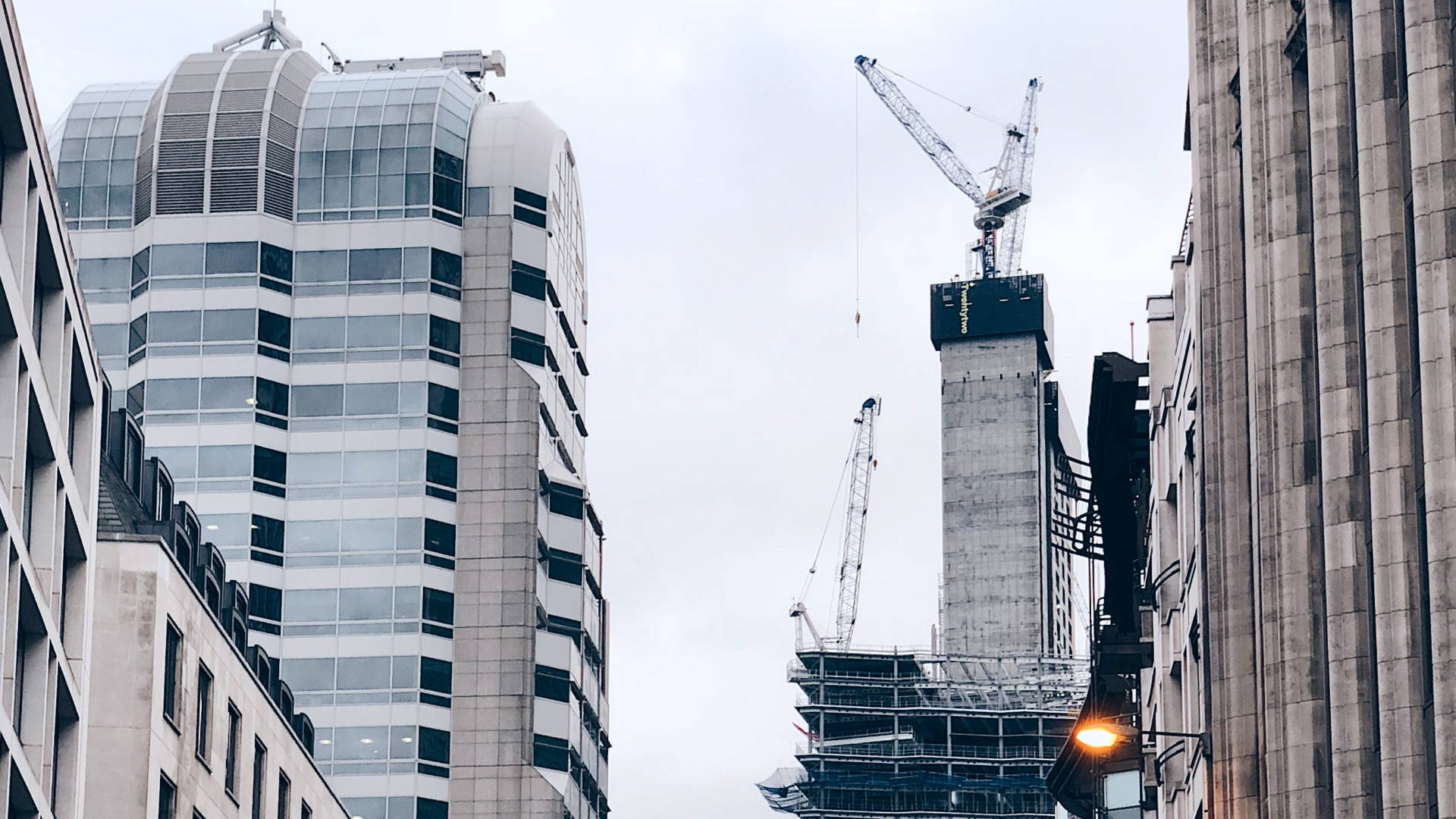
Regulations and Guidance
Latest
-
On 30 January 2025, Andrew Saunders from the Building Safety Regulator hosted an exclusive webinar for members of The Property Institute, and their APs/PAPs, covering the latest insights and guidance on the BAC Application process for HRBs.
The webinar covered:
- Understanding the BAC assessment process
- Learning what criteria the assessors will focus on for each element of the application
- Preparing your BAC application to the standard required
- How the application will be assessed, and who by
- What criteria will be assessed in the Safety Case Report, Residents Engagement Strategy and mandatory occurrence reporting system information
TPI members can access the webinar recording here
- Building Safety Regulator
-
In December 2024, the BSR updated its Making Buildings Safer webpage, featuring essential information on Building Assessment Certificate applications.
The updates include a new video presentation by Tim Galloway, delivered at The Property Institute’s Annual Conference in October, highlighting some of the common pitfalls in certificate applications. You can watch the video here.
- Building Safety Regulator
-
The BSR has now published important updates to Building Assessment Certification guidance - with a key addition. They have now integrated the specific assessment criteria used by HSE's multi-disciplinary teams when assessing BAC applications.
For your convenience, the BSR has created a streamlined summary of these changes, focusing on the Building Safety Regulator's core requirements for successful building assessment certificates - see here - please use this summary in conjunction with the full updated guidance.
- Building Safety Regulator
-
The contradiction between current legislation and guidance on what constitutes a higher-risk building was highlighted by the First-tier Tribunal (FTT) decision in Smoke House & Curing House, 18 Remus Road, London E3 2NF (LON/00BG/HYI/2023/0024). In Smoke House, the FTT applied the HRB Regulations 2023, finding that a roof garden was a storey, despite it being an open rooftop which was not fully enclosed. The FTT noted that the guidance appeared to go beyond the wording of the legislation and was not a reliable interpretation of the law.
In response, the government has added a note to the guidance stating that it and the Building Safety Regulator are considering the view of the FTT in Smoke House but "until stated otherwise, the sector and regulatory bodies should continue to refer to existing government guidance". This uncertainty leaves practitioners in a difficult position when advising on buildings where the inclusion of a roof garden may be the deciding factor in whether the building is an HRB.
The definitions of HRB's in the BSA 2022 are supplemented by the Higher-Risk Buildings (Descriptions and Supplementary Provisions) Regulations 2023 (SI 2023/275) (HRB Regulations 2023), which provide that a storey does not count towards the seven storeys if the storey is a rooftop plant or machinery area or consists exclusively of roof-top machinery or plant room (regulation 6, HRB Regulations 2023).
The government's guidance on what constitutes a higher-risk building is set out in three separate documents, housed on a collection page (see Guidance on the criteria for being a higher-risk building). The guidance states (emphasis added):
"A storey must be fully enclosed to be considered a storey. The roof of a building should not be counted as a storey. Open rooftops such as rooftop gardens are not considered storeys and should not be counted as such when determining the number of storeys or measuring the height."
-
The Building Safety Alliance, a collaborative effort uniting leading industry figures, associations, and bodies, has announced the publication of two pivotal documents aimed at bolstering competence standards and fostering the recruitment of qualified professionals within the residential occupied sector.
The newly unveiled documents, BSAS 01:2024 Organisational Capability Management System Standard and Guidelines outlining competence expectations for stakeholders involved in specifying, procuring, and managing services for occupied high-rise and higher-risk residential buildings, serve as essential resources for organisations seeking to enhance competence within their building safety functions. These initiatives align with the imperative of meeting the requirements set by the new building safety regime and its regulations pertaining to competence.
The Standard will next become part of the British Standards Institute (BSI) standards development process, towards a Publicly Available Specification (PAS) or full British Standard (BS). Both documents are available free of charge - anyone interested in the Standard, will be engaged in a feedback process:
To request a ccopy of the Organisation Capability Standard CLICK HERE
To request a copy of the Guidelines for Competence CLICK HERE- Building Safety Regulator
- Regulations and Guidance